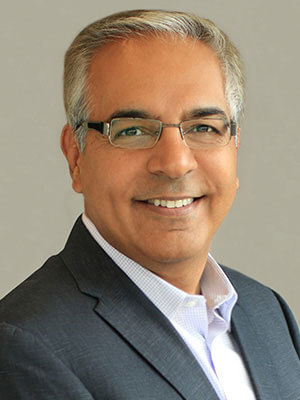Download for offline listening.
In one survey after another marketing leaders cite driving growth as their biggest challenge. Judgement of a CMO’s performance invariably boils down to one measure: the year-over-year increase in brand sales. And as much as marketers have glommed on to the idea of customer experience as a differentiator, they are still mainly accountable for selling more stuff to more people.
That’s why marketing strategy and planning, according to Forrester Research, “remains stubbornly old school”. Marketers see their job as spear carriers for the brand, leading the hunt for new customers. The only thing that’s changed from past practices are the KPIs: Engagement now tops ad impressions – social shares trump share of voice. But the goals are still the same: create top-of-mind awareness; lead people down the path to purchase; get them to convert.
No wonder the idea of putting customers first seems so abstract. Marketers are still caught up in the game of brand messaging. That game was relatively easy to play when the choices were confined to broadcast media. But today marketers are forced to spread their dollars across a broad mix of channels, hoping to catch customers at exactly the right moment. The problem: Messages go unnoticed in an ever-expanding universe of content. Audience attention is fleeting, measured in seconds, not minutes. So how do marketers get off this merry-go-round? What should their true role be? How do they lead their organizations out of the digital wilderness? And how, in fact, do they become more customer-centric when they are still organized around brands and products?
In his book “Tilt”, Niraj Dawar, the esteemed Professor of Marketing at Ivey Business school, observes that “marketing, as a discipline, has been in a funk since the demise of mass marketing clipped its ability to move large numbers of customers to buy”. He sees today’s marketers as aspiring technicians “who understand data but not strategy”. He argues that product innovation is not enough – it only results in incessant leapfrogging. His idea: Marketing must go from asking, “How much more of this stuff can we sell?”, to “What else do our customers need?”. Marketing’s new role, he suggests, should be to “take charge of the entire customer relationship”. Marketers today need to give up their channel-based strategic planning processes in favour of delivering value at every stage of the relationship. Instead of “playing a game of R&D roulette”, as Professor Dawar puts it, marketers need to figure out which customer problems the brand is best positioned to solve.
